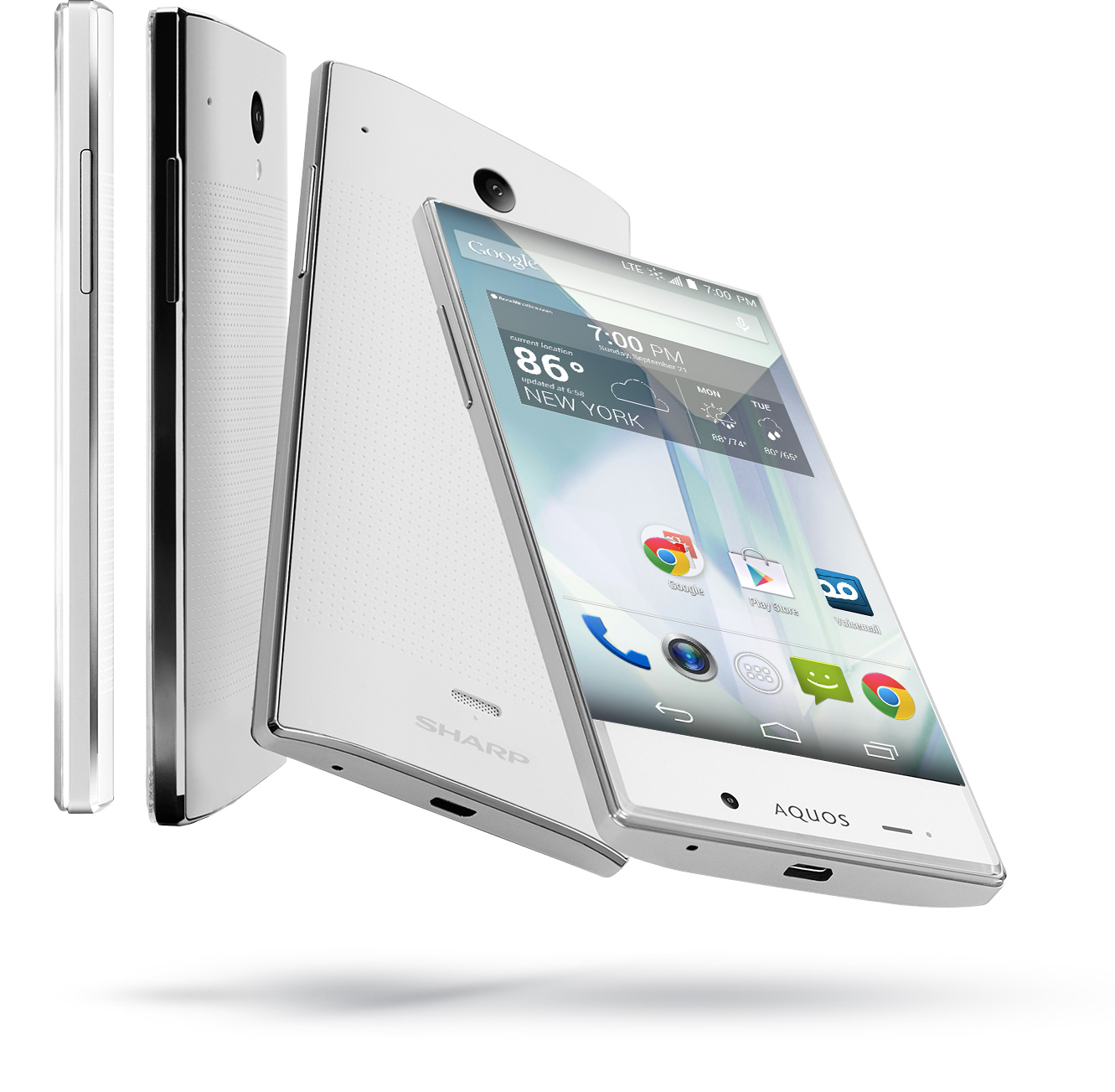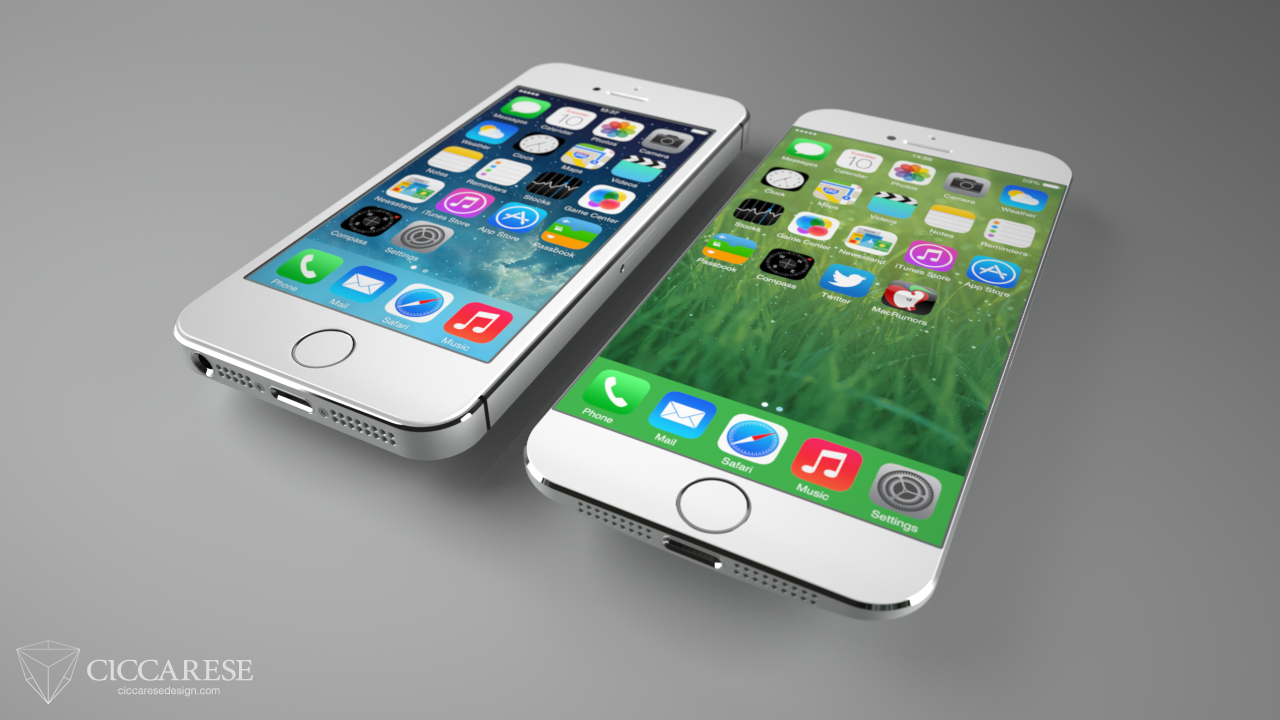It’s no secret that for quite sometime now, Apple has been on a seemingly never-ending quest for thinness. Each new iPhone, iPad, and Mac is almost always thinner and lighter than its predecessor, as millimeters and grams are shaved off with most every hardware iteration.
Some users have voiced their willingness to deal with a slightly thicker, heavier device for the sake of better battery life, feeling that Apple’s form-over-function attitude should be put on hold in favor of more screen-on time between charges.
Being an iPhone 6s Plus user myself, I have no qualms with the battery life I’m experiencing and would like Apple to continue focusing on slimming down devices, but by cutting out the atrociously large bezels surrounding my screen rather than slicing off a couple more millimeters from the back.
The simple fact is that once the thinness of a device passes a certain point, it no longer significantly reduces the device’s footprint by making it feel anymore small or sleek in hand if the device is past a certain width. When holding my iPhone 6s Plus, it feels thin, certainly, but that’s not what I notice. More than anything it feels wide, tall, and generally rather obese, despite Apple’s attempts to reduce its physical space.
Sharp’s Aquos Cystal, an Android phone with almost no side or top bezel
If Apple could reduce the device’s face to only that necessary to house the screen, Home button, earpiece, and proximity sensor, I doubt anyone would complain that nothing was shaved off the back that year. I simply want my 5.5-inch device to be a lot closer to 5.5 inches than it actually is.
Dramatically decreasing bezels would also allow Apple to release an iPhone with a larger display, possibly a 6-inch screen, an iPhone I would certainly consider buying were its footprint approximately the same as the current Plus line. Such a move would also make the device feel much smaller – and the screen feel much bigger – in hand, creating a considerably more satisfying experience.
After trimming off the sides, Apple could then continue to focus on decrementing the millimeters, as users would actually feel a difference in depth if all they were holding was screen. Obviously, such decisions would reduce battery size and, as a consequence, battery life unless single-charge hours continue to go up while cell size reduces.
Another factor is that of accidental touches around the sides of a screen with little to no bezels. Apple has already dealt with this when designing iPad, a product that has users constantly touching the screen with half a thumb, particularly when holding the device in portrait mode, by implementing a form of touch rejecting, and the same thing could be done in iPhones that lack a significant bezel.
One might argue that screens will crack easier with less protection around the glass, but as someone who has never cracked a display on any of his devices, this wouldn’t have any adverse effects with me, as I don’t make a habit of dropping my devices. Granted, many people do, but the curved edges of the iPhone 6s glass already invite cracks to the screen, and many phones currently have glass all the way to the edge of the device, even if the screen doesn’t quite reach.
Regardless of the side effects, the removal of bezels around an iPhone’s screen would do wonders for both its aesthetics and its in-hand feel – far more than millimeters off the back. This would make such a difference that I would be content if the only hardware change in the iPhone 7 was an edge-to-edge display. What are your thoughts?


